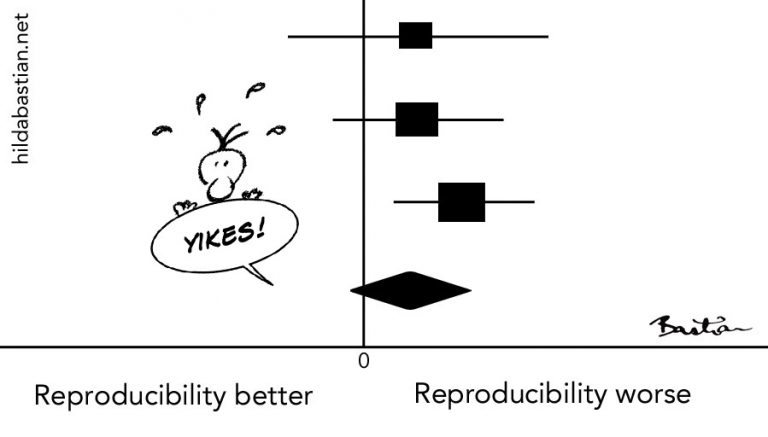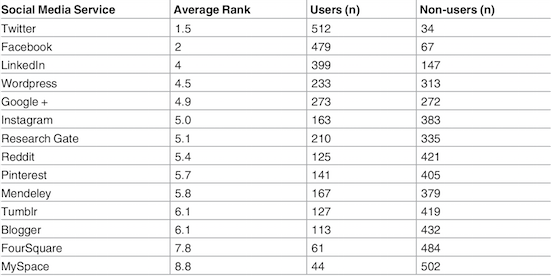8 Simple Mistakes That Can Delay Peer Review (and How to Avoid Them)
A short list of common issues that can delay a submission. Check your manuscript for these issues, and and then read our advice for how to fix them.

Send us a link
A short list of common issues that can delay a submission. Check your manuscript for these issues, and and then read our advice for how to fix them.

Article showing that the perceived efficacy and efficiency of data reuse are strong predictors of reuse behavior, and that the perceived importance of data reuse corresponds to greater reuse.
Overall satisfaction with the peer review system used by scholarly journals seems to strongly vary across disciplines.
Some scholars add authors to their research papers or grant proposals even when those individuals contribute nothing to the research effort.
The case for “blinding” to make journal peer review fair seems less and less plausible to me for the long run. It even seems antithetical to ultimately reducing the problems it’s a bandaid solution for.

Sure, it’s happened to all of us — the invitation to be keynote speaker at a conference you’ve never heard of or an invitation to sit on an editorial board for a journal with a name you don’t recognize.

Accounting for audience gender ratio, men asked 1.8 questions for each question asked by a woman.
How can evolutionary computation support journal editors?
A paper showing that science and engineering PhD students lose interest in an academic career over the course of graduate training.
A paper arguing that researchers could, on average, maintain current PhD student and Postdoc employment levels, and still have at their disposal a moderate to considerable budget for travel and equipment, depeding on the country.
Once every 4 years editors, publishers, and meta-researchers assemble in Chicago for the Peer Review Congress - an intense researchfest about "enhancing the quality and credibility of science".

Scientists are required to communicate science and research not only to other experts in the field, but also to scientists and experts from other fields, as well as to the public and policymakers. One fundamental suggestion when communicating with non-experts is to avoid professional jargon.
A survey of current practice in Germany and Austria
PLoS One's reporting guidelines as tools to enhance reproducibility.
The Interdisciplinary Research Collection highlights 11 articles that exemplify the diversity of interdisciplinary research published in PLOS ONE.

Study suggesting that journal-specific submission guidelines may encourage desirable changes in authors’ practices.
A systematic approach to identifying and analyzing scientists on Twitter.
The good news is you’ve published your manuscript! The bad news? With two million other new research articles likely to be published this year, you face steep competition for readers, downloads, citations and media attention.
Articles with more narrative abstracts are cited more often.
An analysis focusing on the efficacy or durability of GM Bt crops and ties between the researchers carrying out these studies and the GM crop industry showing that ties between researchers and the GM crop industry were common, with 40% of the articles considered displaying conflicts of interest (COI).
It’s not a new story, although “the reproducibility crisis” may seem to be. For life sciences, I think it started in the late 1950s. A timeline.

While the total output of the eleven open-access mega-journals grew by 14.9% between 2014 and 2015, this growth is largely attributable to the increased output of Scientific Reports and Medicine.
Twitter activity is a more important predictor of citation rates than 5-year journal impact factor. Moreover, Twitter activity is not driven by journal impact factor; the ‘highest-impact’ journals were not necessarily the most discussed online.
Mathematical model estimating the overall quantitative annual demand for peer review and the supply in biomedical research.
Significant differences between genders which may put women at a disadvantage when pursuing an academic career in mathematics.
On the importance of identifying variables explaining the underlying differences in individual reviewer decision-making.
The paper shows how scientists in a variety of disciplines use social media platforms such as Twitter, Facebook, LinkedIn, or blogs, to exchange scientific knowledge.
